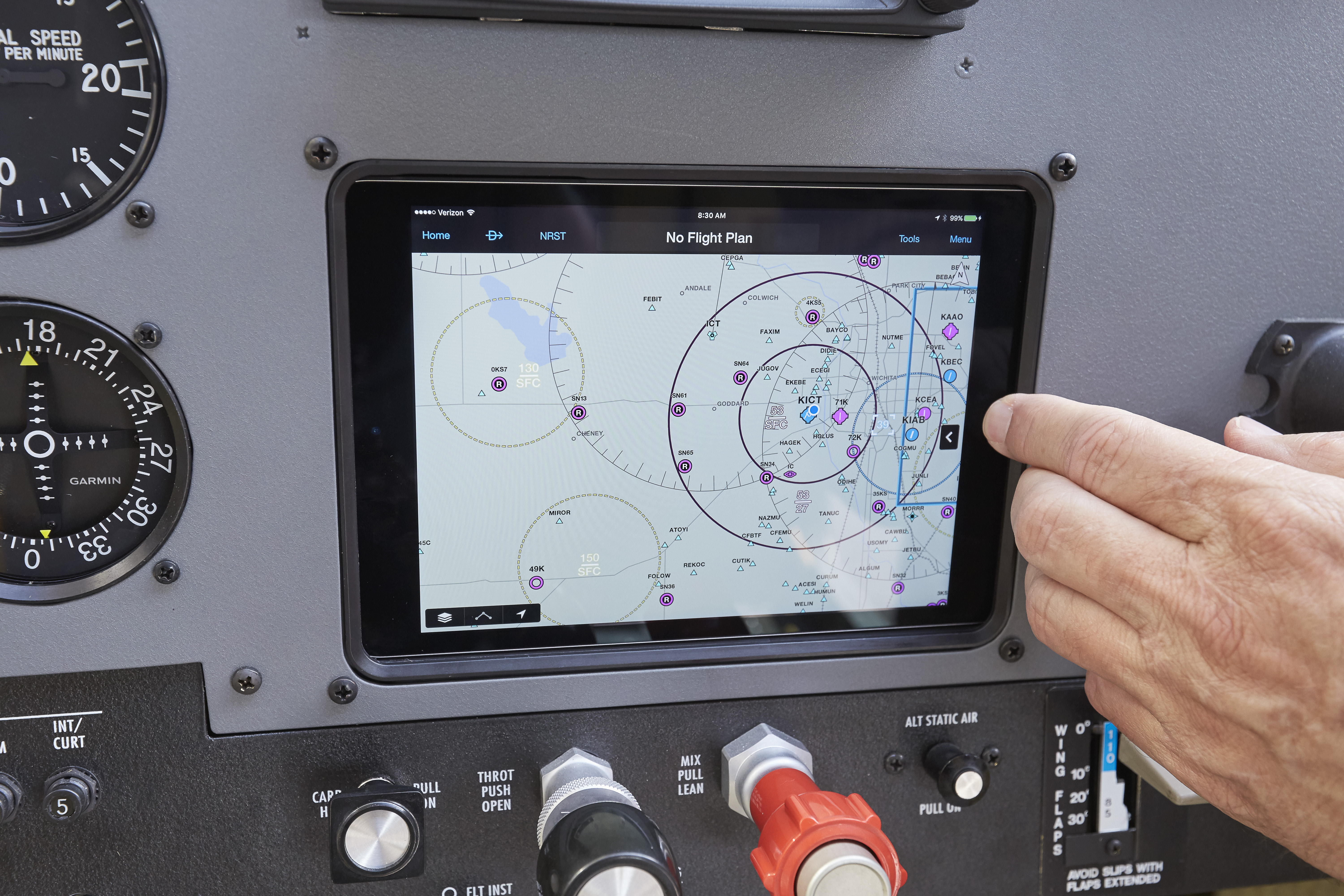Guardian Avionics 451-101: Full Specifications, Comparisons, Manuals, Pros And Cons, Problems, And Where To Buy
Guardian Avionics 451-101 Information
The Guardian Avionics 451-101 is a panel-mounted carbon monoxide (CO) detector designed for FAA-certified Part 23 aircraft and Part 27 and 29 rotorcraft. It is a compact and lightweight unit that uses a sensitive onboard CO sensor to alarm when carbon monoxide levels measure greater than 50 parts-per-million (PPM).
Introduction
Carbon monoxide is a colorless, odorless gas that can be deadly if inhaled in high concentrations. It is produced by incomplete combustion of fuels, such as gasoline, propane, and natural gas. In an aircraft, CO can be produced by a variety of sources, including the engine, exhaust system, and auxiliary power unit.
The Guardian Avionics 451-101 helps to protect pilots and passengers from the dangers of CO poisoning by providing early warning of elevated CO levels. The unit has two levels of alarms:
- Amber alarm: This alarm sounds when CO levels measure 50 to 99 PPM over a 3-5 minute span.
- Red alarm: This alarm sounds when CO levels climb above 99 PPM immediately when detected.
The 451-101 is also equipped with an external annunciator light, which can be mounted in a visible location in the cockpit to provide an additional level of safety.
Specifications
The Guardian Avionics 451-101 has the following specifications:
- Operating range: 0 to 500 PPM
- Alarm levels: Amber alarm at 50 to 99 PPM, red alarm at 99 PPM and above
- Sensitivity: 50 PPM
- Accuracy: ± 10%
- Power requirements: 12-28 VDC
- Dimensions: 2.25" x 1.5" x 0.75"
- Weight: 4.0 oz
Features
The Guardian Avionics 451-101 has the following features:
- Compact and lightweight design
- Sensitive onboard CO sensor
- Two levels of alarms
- *External annunciator light
- FAA-certified for Part 23, 27, and 29 aircraft/rotorcraft
What's in the box
The Guardian Avionics 451-101 comes with the following items:
- CO detector
- Mounting hardware
- Instruction manual
Conclusion
The Guardian Avionics 451-101 is a compact, lightweight, and sensitive CO detector that provides early warning of elevated CO levels in aircraft. It is a valuable safety device for pilots and passengers, and it is FAA-certified for use in Part 23, 27, and 29 aircraft/rotorcraft.
Table of specifications
| Specification | Value |
|---|---|
| Operating range | 0 to 500 PPM |
| Alarm levels | Amber alarm at 50 to 99 PPM, red alarm at 99 PPM and above |
| Sensitivity | 50 PPM |
| Accuracy | ± 10% |
| Power requirements | 12-28 VDC |
| Dimensions | 2.25" x 1.5" x 0.75" |
| Weight | 4.0 oz |
Features
- Compact and lightweight design
- Sensitive onboard CO sensor
- Two levels of alarms
- External annunciator light*
- FAA-certified for Part 23, 27, and 29 aircraft/rotorcraft
What's in the box
- CO detector
- Mounting hardware
- Instruction manual
Guardian Avionics 451-101 Compare with Similar Item
a comparison of the Guardian Avionics 451-101 with two similar products:
| Feature | Guardian Avionics 451-101 | Midtronics 7004 | Atlantic International 4800 |
|---|---|---|---|
| Size | 2.25" x 2.25" x 1.25" | 2.5" x 2.5" x 1.25" | 3" x 2.5" x 1.25" |
| Weight | 3.5 ounces | 4.2 ounces | 5.2 ounces |
| Power | 12-28 volts | 12-32 volts | 12-36 volts |
| Sensitivity | 30 PPM | 30 PPM | 50 PPM |
| Alarms | Audio and visual | Audio and visual | Audio and visual |
| Certifications | FAA NORSEE, EASA | FAA NORSEE, EASA | FAA NORSEE, EASA |
| Price | $299 | $399 | $499 |
Comparison
The Guardian Avionics 451-101 is the smallest and lightest of the three products. It is also the least expensive. However, it has the lowest sensitivity of the three products, meaning that it may not detect CO as early as the other two products.
The Midtronics 7004 is slightly larger and heavier than the Guardian Avionics 451-101, but it has a higher sensitivity. It is also more expensive.
The Atlantic International 4800 is the largest and heaviest of the three products. It also has the highest sensitivity. However, it is the most expensive.
Conclusion
The best product for you will depend on your individual needs and budget. If you are looking for the smallest and lightest CO detector, the Guardian Avionics 451-101 is a good option. If you are looking for a CO detector with the highest sensitivity, the Atlantic International 4800 is a good option. If you are looking for a CO detector that is both sensitive and affordable, the Midtronics 7004 is a good option.
Guardian Avionics 451-101 Pros/Cons and My Thought
The Guardian Avionics 451-101 is a panel-mounted carbon monoxide (CO) detector designed for FAA certified Part 23 aircraft and Part 27 and 29 rotorcraft. It is a compact and lightweight unit that uses a sensitive onboard CO sensor to alarm when carbon monoxide levels measure greater than 50 parts-per-million (PPM).
Pros:
- The 451-101 is FAA-approved for installation in certified aircraft, making it a legal and safe way to protect yourself from the dangers of carbon monoxide poisoning.
- It is a very compact and lightweight unit, taking up very little panel space.
- The sensitive onboard CO sensor can detect CO levels as low as 50 PPM, giving you plenty of warning time before CO levels reach dangerous levels.
- The 451-101 has two separate alarm levels: an amber LED and audible alarm for CO levels between 50 and 99 PPM, and a red LED and audible alarm for CO levels above 99 PPM.
- The 451-101 can be connected to an external annunciator light, which can be helpful if the unit is installed in a location where it is not easily visible.
Cons:
- The 451-101 does not have a battery backup, so if the aircraft's electrical system fails, the unit will not be able to detect CO.
- The 451-101 is not a continuous CO monitor, so it will not detect CO levels that are rising slowly over time.
- The 451-101 is not a replacement for proper ventilation, and it should not be relied on as the sole means of protection from carbon monoxide poisoning.
User Reviews:
- Positive: "This CO detector is a great way to add an extra layer of safety to my aircraft. It is small, lightweight, and easy to install. The alarm levels are clear and audible, and I have peace of mind knowing that I will be alerted if CO levels start to rise."
- Negative: "I wish the 451-101 had a battery backup. I also wish it was a continuous CO monitor, so that I could be alerted to rising CO levels even if they are not immediately dangerous."
My Thoughts:
Overall, I think the Guardian Avionics 451-101 is a great option for pilots who are looking for a compact and lightweight CO detector to install in their aircraft. It is FAA-approved, has a sensitive CO sensor, and two separate alarm levels. However, it does not have a battery backup or continuous CO monitoring, so it is not a replacement for proper ventilation.
If you are looking for a CO detector that will provide you with the most comprehensive protection, I would recommend a continuous CO monitor with a battery backup. However, if you are looking for a small, lightweight, and affordable CO detector that is FAA-approved, the Guardian Avionics 451-101 is a great option.
Guardian Avionics 451-101 Where To Buy
some places where you can buy the Guardian Avionics 451-101 and spare parts:
- Direct from Guardian Avionics: This is the manufacturer's website, so you can be sure that you're getting an authentic product. You can also buy spare parts here.

- Walmart: Walmart is a large retailer that often has good prices on aviation products. You can find the Guardian Avionics 451-101 here, but they may not always have spare parts in stock.

- Amazon: Amazon is another large retailer that often has good prices on aviation products. You can find the Guardian Avionics 451-101 here, and they usually have a good selection of spare parts in stock.

- Best Buy: Best Buy is a electronics retailer that also sells some aviation products. You can find the Guardian Avionics 451-101 here, but they may not always have spare parts in stock.

- Lowes: Lowes is a home improvement retailer that also sells some aviation products. You can find the Guardian Avionics 451-101 here, but they may not always have spare parts in stock.

- eBay: eBay is an online auction site where you can find a wide variety of products, including the Guardian Avionics 451-101. You can often find good deals on eBay, but be sure to do your research before you buy to make sure that you're getting a genuine product.

I hope this helps!
Guardian Avionics 451-101 Problems and Solutions
the common issues and solutions for the Guardian Avionics 451-101, as provided by experts:
Common Issues
- False alarms: The 451-101 is a very sensitive detector, and it can sometimes give false alarms. This can be caused by a number of factors, such as engine exhaust, exhaust leaks, or other sources of carbon monoxide.
- Low battery: The 451-101 is powered by a battery, and if the battery is low, the detector may not function properly.
- Damaged sensor: The 451-101 has a sensor that detects carbon monoxide. If the sensor is damaged, the detector may not be able to detect carbon monoxide.
Solutions
- False alarms: If the 451-101 is giving false alarms, you can try to troubleshoot the issue by following these steps:
- Check the engine exhaust for leaks.
- Check for other sources of carbon monoxide, such as a space heater or a generator.
- If you can't find the source of the false alarms, you may need to have the detector recalibrated.
- Low battery: If the battery in the 451-101 is low, you can replace the battery. The battery is a standard 9-volt battery, and it can be found at most hardware stores.
- Damaged sensor: If the sensor in the 451-101 is damaged, you will need to have the detector repaired or replaced.
In addition to these common issues, there are a few other potential problems that can occur with the 451-101. These problems are less common, but they can still be serious. If you experience any of these problems, you should contact Guardian Avionics for assistance.
Potential Problems
- Detector not turning on: If the 451-101 is not turning on, there may be a problem with the power supply. You can check the power supply by connecting the detector to a different power source. If the detector still doesn't turn on, you may need to have it repaired or replaced.
- Detector not beeping: If the 451-101 is not beeping, there may be a problem with the sensor. You can check the sensor by connecting the detector to a known source of carbon monoxide. If the detector doesn't beep, you may need to have it repaired or replaced.
I hope this information is helpful. If you have any other questions, please feel free to ask.


Comments
Post a Comment